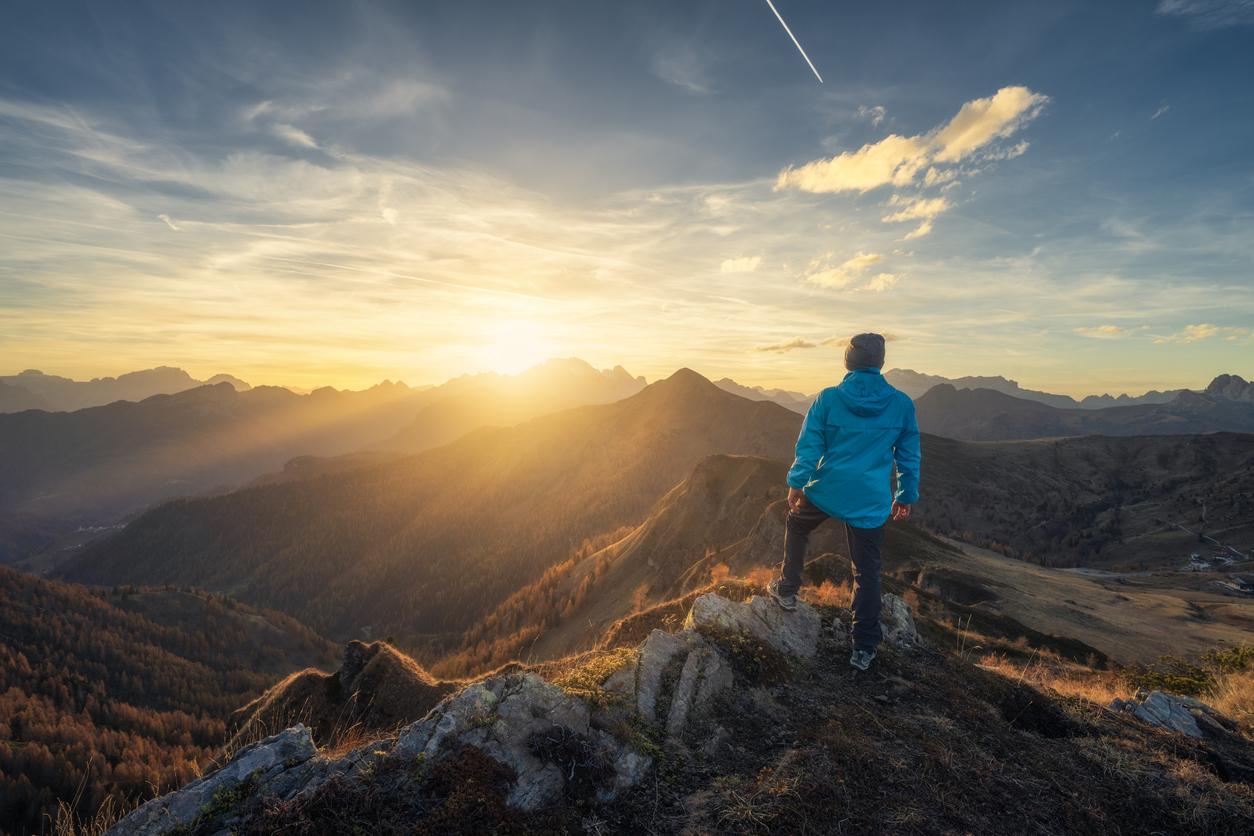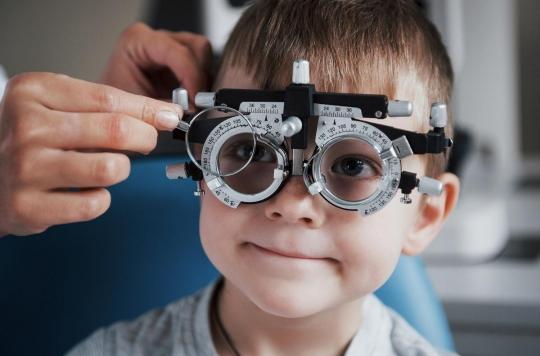The National Association for the Improvement of Sight recalls the advice for enjoying the mountains and the sun while preserving your visual capital.

Gloves, overalls, hat, thick socks, these are part of the paraphernalia without which it is impossible to enjoy winter sports, without forgetting of course sunglasses. If most people wear them on the slopes, they are not however on everyone’s nose during breaks on the terrace to enjoy a hot drink or on the ski lifts. Yet according to eye specialists, in the mountains, you should protect your eyes from the sun almost permanently. Indeed, according to a press release issued by the National Association for the Improvement of Sight (AsnaV), in winter sports the dangers of the sun are where we least expect it. These players in visual health recall the few rules to follow to enjoy the mountains in complete safety.
The extreme risk of ophthalmia or snow blindness
First of all, these specify that, in particular for the eyes, the sun is more dangerous in winter than in summer. On the one hand, because in the absence of a sensation of heat on the skin, people tend to be less wary of its harmful effects. On the other hand, especially in the mountains, snow reflects up to 85% of light rays, even in cloudy weather. “The higher you gain in altitude, the more harmful the UV from the sun is: at each level of 1,000 meters, the proportion of ultraviolet rays increases from 10% to 12%”, specifies the Asnav press release. In addition, these specialists alert skiers to the risk of photokeratitis caused by unprotected exposure of the eyes to ultraviolet rays. It is called “snow blindness” or “snow ophthalmia” in its extreme forms because it occurs most often at altitude or in polar environments. Finally, professionals specify that children are particularly at risk. Until about 12 years old, their eyes are more transparent and let more UV rays through. In the long term, the risk is that this causes premature aging of the eye favoring the appearance of diseases such as cataracts or AMD.
A flexible frame and category 4 lenses
To protect your visual capital during a stay in the mountains, AsnaV therefore recommends following some advice. To begin with, it is important to choose a flexible frame suitable for the face. The glasses must also fit well on the base of the nose and behind the ears, which is why it is better to take a frame with elastic bands for children, especially in the event of a fall on the ski slopes. In addition, it is essential to choose glasses bearing the CE marking, a guarantee of quality and safety. Finally, eye specialists recommend using category 4 lenses in the mountains because they offer the most suitable protection. However, driving with this type of glass can be dangerous.
Source: AsnaV press release
.

















